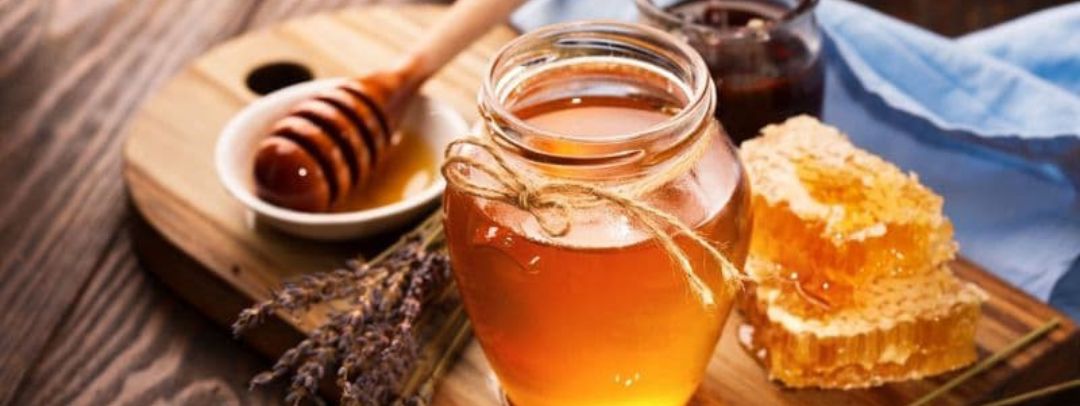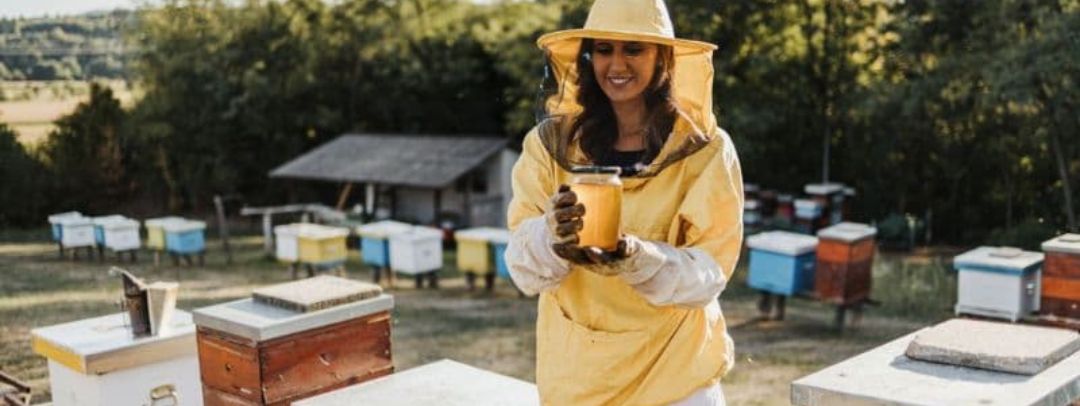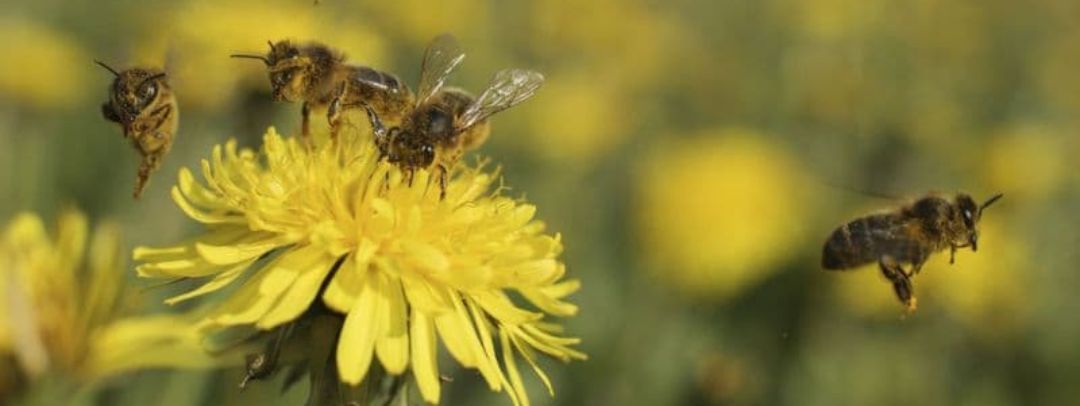Bee pecorating is the practice of extracting pollen and nectar from flowers by bees. During the process, these curious animals employ various mechanisms for the final production of honey or other derived substances.
Grazing is carried out during certain periods (mainly spring and summer) and only on flowers known as bee flowers: those which are of use to bees (most of them are of use to bees).
Bees pecorating
Bees involved in foraging are called foragers, as this practice is also known as foraging.
After about 20 days from hatching and stay in the hive, the worker bee becomes a forager: she goes out to collect pollen and nectar from the flowers. This stage of their life does not last much longer than the previous one, but bees are not exactly long-lived animals.
The most common species used as an example in these explanations is the domestic bee. This bee, also known as the European honey bee, has the largest number of specimens in the world.
Pollen collection
At the time of pollination, the flowers transmit pollen from the stamens to the stigma. The stamens correspond to the male organ of the flower, where the pollen is generated. This is transported to the female organ to reach the ovule for fertilisation.
In the female organ is the stigma, which is the outermost and most receptive part of the flower. This is where the bees go to collect as much pollen as they can.
Worker bees have a container on the third pair of legs called the corbicula. This is a kind of reservoir that they use to store pollen and transport it more conveniently and effectively.
Finally, they take the pollen back to the hive and mix it with enzymes that they secrete to promote fermentation. The end result, although it may vary nutritionally depending on the characteristics and breeding of the bees, has many beneficial properties.

Nectar collection
Nectar is a substance that serves as food for bees. They suck the nectar from the flowers (the action of sucking the nectar from the area of the flower that secretes it, called the nectary) and deposit it in a kind of sac on their abdomen, called a melario crop, for easy transport.
In the hive, it is arranged in the hexagonal cells, where various enzymatic processes are carried out to regulate the pH. This is when the substance begins to acquire its characteristic sweet taste.
The bees begin the process of dehydrating the nectar, which must remain at around 18 to 20% moisture in order to obtain the final result of honey.
Bee pecorating as a survival mechanism for bees
The process of making honey is very profitable for us as consumers, but for the bees, it is a process of feeding and survival.
Bees feed on pollen and nectar, foods rich in protein and sugar, which provide them with the energy they need. But during the winter, foraging is unfeasible, so they will need to have food reserves to survive.
Therefore, anything that facilitates the foraging process is key to helping the bees. This is essential not only for their feeding during the foraging season, but also because they need to stock up and collect enough to maintain their food supply during the winter period.
It is important to care for and respect this process if beekeeping is to thrive and the bees are to be kept in good condition. Although they are feared by people because they seem dangerous, the only thing they are concerned about when we see them fluttering among the flowers is to fill their hive with food.
You may also be interested in:



